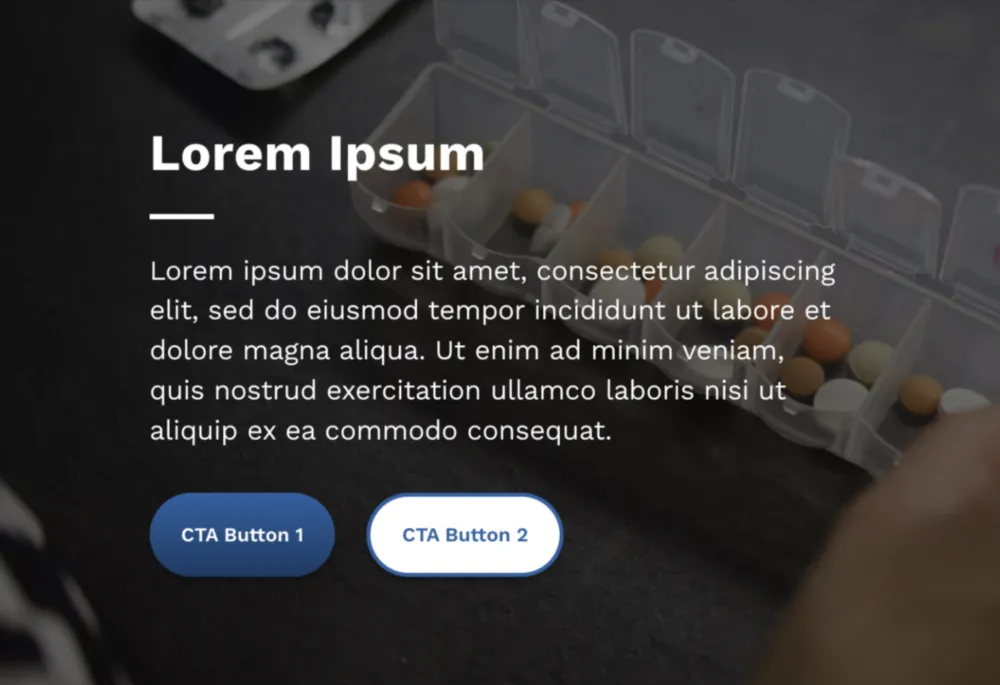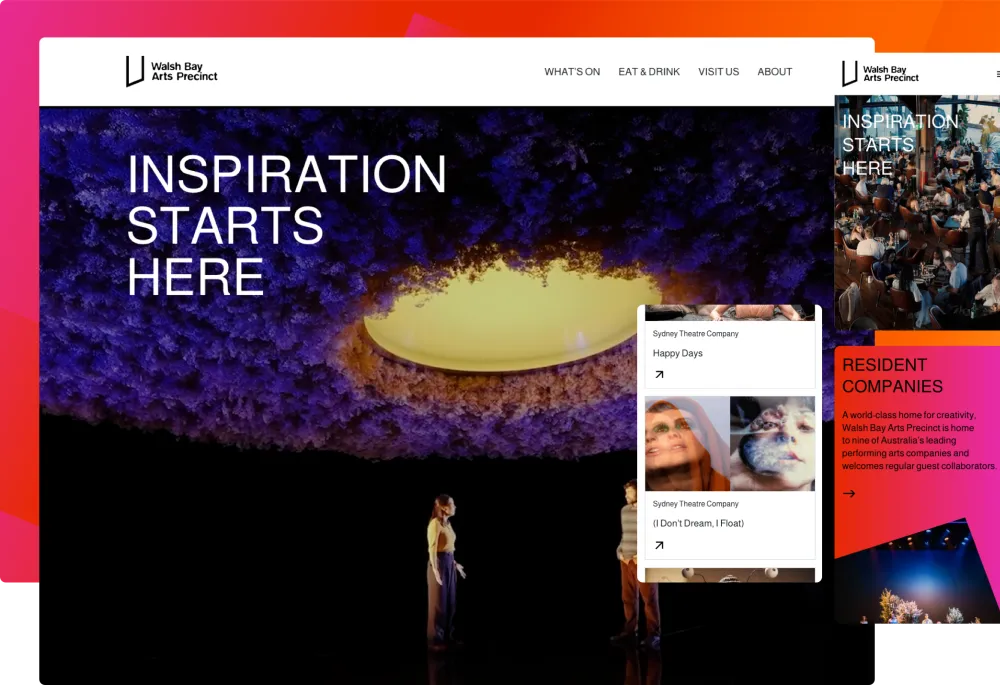Sector(s)
We partnered with a pharmaceutical team to build a secure website for a prescription migraine treatment, restricted to Healthcare Professionals (HCPs) in Germany. The platform had to enforce secure access, meet strict regulations, and let internal teams manage content without developer support.
In pharmaceutical publishing, every update passes through legal and medical review. Teams must ensure compliance at every stage, from layout to accessibility and approval. But traditional CMS setups often limit how quickly teams can respond, especially when changes require developer input.
This engagement focused on changing that. We created a gated platform where content teams could structure pages using approved components, update layouts without code, and manage reviews through a system designed for regulatory publishing. DocCheck authentication handled HCP verification, while modular components ensured brand alignment and flexibility across all screens.
The result is a secure, responsive site built for pharmaceutical workflows, where teams can publish with confidence and maintain full control across access, content, and compliance.
Challenges
HCP access restrictions
Prescription product content in Germany must be restricted to verified Healthcare Professionals. The team needed to integrate DocCheck login without interrupting the user journey or creating confusion between public and restricted content.
Modular translation of approved designs
The site had to match detailed Figma designs across all pages. This required translating static visual designs into reusable Drupal components while preserving layout structure, visual accuracy, and brand consistency.
Accessibility compliance across all interactions
The platform had to meet WCAG 2.1 AA standards. Every template and component needed to support keyboard navigation, semantic HTML, and colour contrast requirements across screen sizes.
Content review across legal and medical teams
Content needed to pass legal and medical review, with a CMS that preserved layout fidelity and didn’t require developer involvement.
Visual transitions without performance trade-offs
Designs included interactive elements and transitions. These had to be implemented in a way that preserved responsiveness and fast load times, especially for mobile users.
Fixed delivery timeline and scope
The scope was predefined with a clear feature list and delivery schedule. There was no flexibility for timeline extensions or post-handover adjustments.
Back to topThe solution
DocCheck authentication
We integrated DocCheck to restrict internal content to verified HCPs. Public pages remained accessible without login. The flow was designed to avoid confusion between public and gated sections and to minimise user drop-offs during login.
Structured CMS with layout flexibility
The site was built on Drupal using Layout Builder and Paragraphs. Editors could create and modify pages using approved layout structures. This reduced the need for developer input and ensured every update followed visual and regulatory standards.
Reusable component library
We developed a library of more than 25 components mapped from the approved design system. These included tabs, carousels, accordions, charts, video modules, and image cards. Each component was responsive and designed for reuse across multiple content types.
Accessibility-first development
Accessibility was applied across all components and templates. We used semantic HTML, validated colour contrast, and added keyboard support to meet WCAG 2.1 AA compliance across devices.
Editor-friendly content controls
CKEditor was configured with utility classes for branded formatting. Editors could apply visual styles directly within the CMS, without relying on code or third-party formatting tools.
Performance-focused frontend
We used mobile-first layouts and optimised CSS to keep page weight low. AOS animation logic was included with fallback support to maintain performance on low-bandwidth or low-power devices.
Knowledge transfer and support
We delivered CMS documentation, a recorded training session, and QA support through internal testing and UAT cycles. The content team was fully trained and ready to manage updates before the handoff.
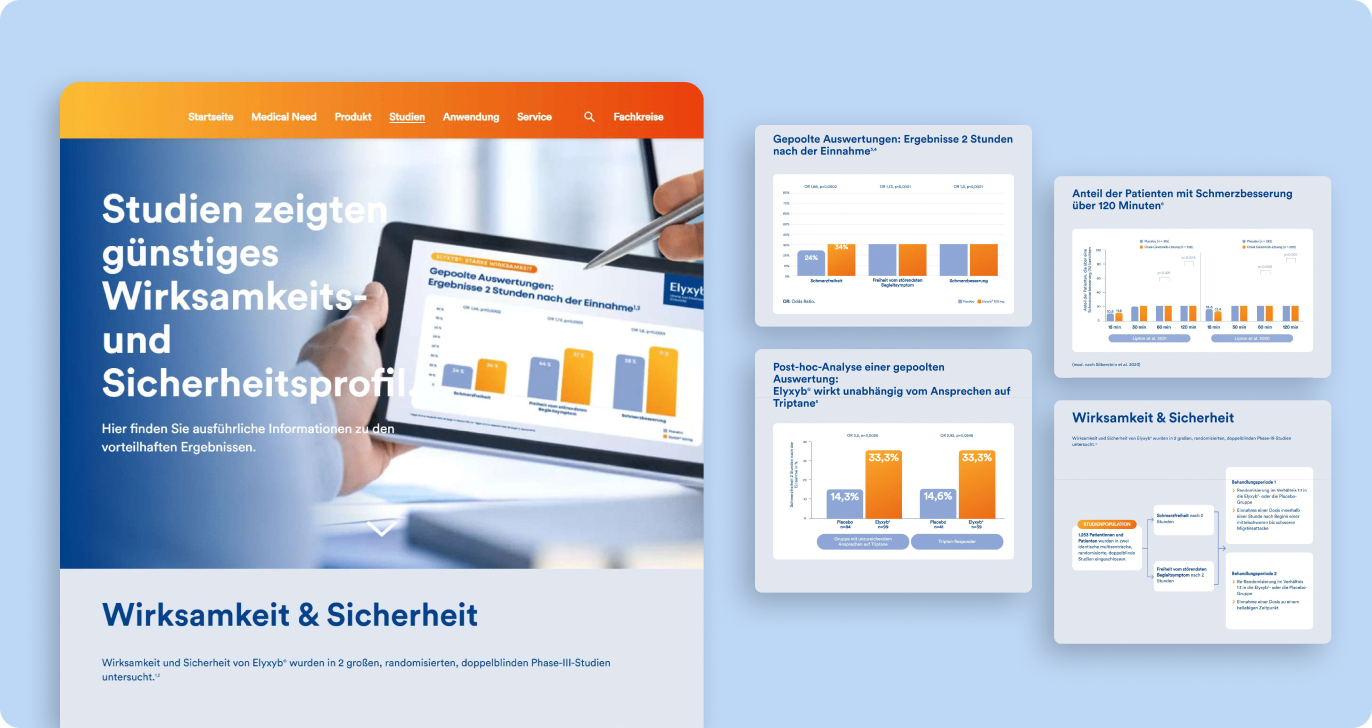
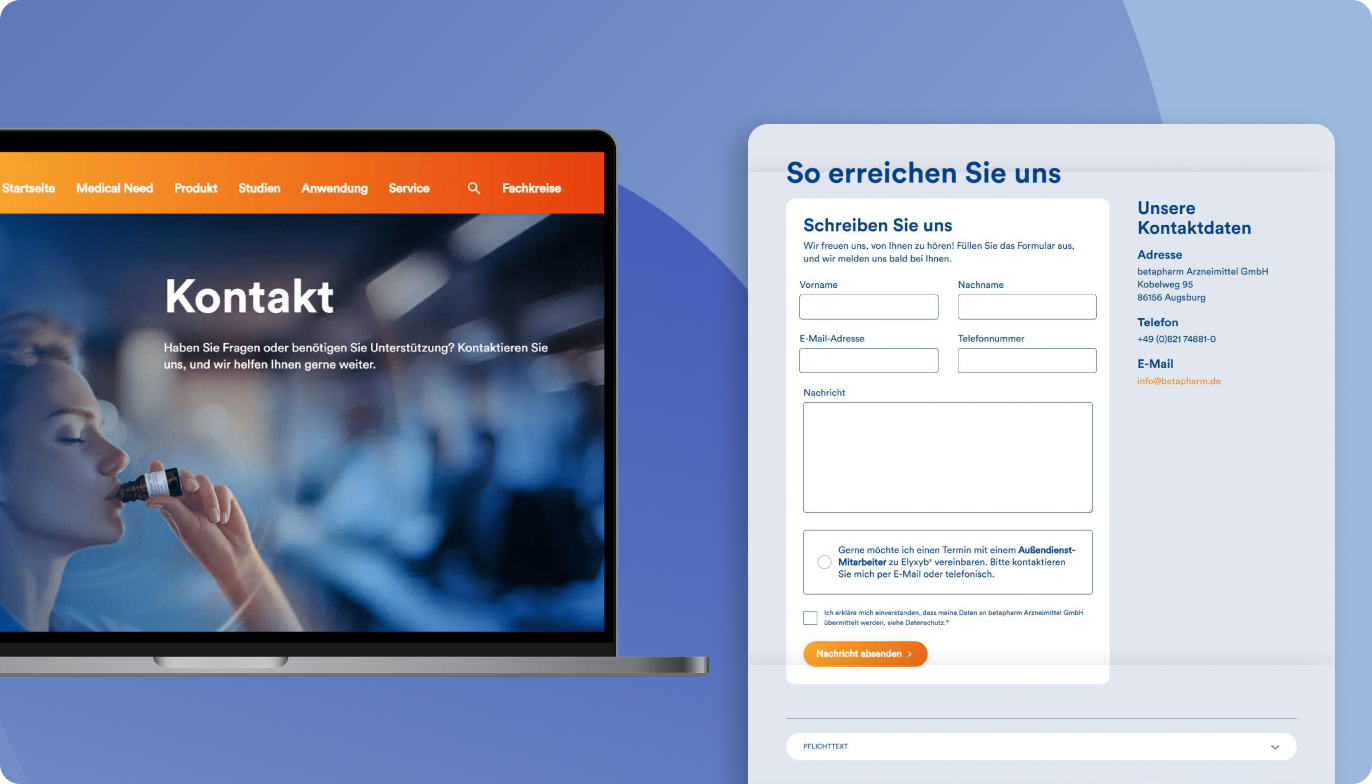
Outcome
The site launched with DocCheck authentication, restricting prescription content to verified HCPs. Public users can access open pages through a distinct and uninterrupted path. Editors manage layouts and content directly in the CMS, with legal and medical reviews happening without layout breaks or developer involvement.
The component library reduces duplication and keeps every update aligned with design standards. Mobile performance remains strong, with quick load times and smooth transitions across devices.
All components meet WCAG 2.1 AA standards, supporting keyboard navigation, semantic HTML, and required contrast levels. Search optimisation is built in through clean URLs, metadata controls, sitemaps, and GTM integration.
Healthcare professionals make decisions that affect people’s lives. This platform was built to support that responsibility, giving HCPs a clear path to critical product information and medical teams the control they need to publish with care.
It keeps the focus where it belongs, on the integrity of the content and the people who rely on it.

1. Native Support for Access Control
Drupal's flexible architecture allowed direct integration with DocCheck, the standard for HCP authentication in Germany. Its user and permission system made it easy to manage public and restricted content within one platform.
2. Component-Based Page Building
Drupal’s Layout Builder and custom block types supported a modular content strategy. The team created a reusable library of components like tabs, charts, accordions, and video blocks that editors could use without writing code.
3. Built-in Workflow Support
Drupal’s structured content system allowed updates to go through legal and medical review without breaking layouts or relying on developers. The separation of content and presentation kept revisions manageable and consistent.
4. Accessibility by Design
Drupal's theming tools enabled the achievement of WCAG 2.1 AA standards across all components. Templates used semantic HTML, supported keyboard navigation, and followed colour contrast requirements.
5. Performance Optimisation
Drupal’s caching system, asset handling, and mobile-first theming helped maintain fast load times even with animations and interactive elements. Animations were applied conditionally to avoid performance issues on slower devices.
6. SEO and Analytics Tools
Drupal included clean URL management, metadata controls, sitemap generation, and Google Tag Manager support. These were implemented using stable modules without relying on third-party services.
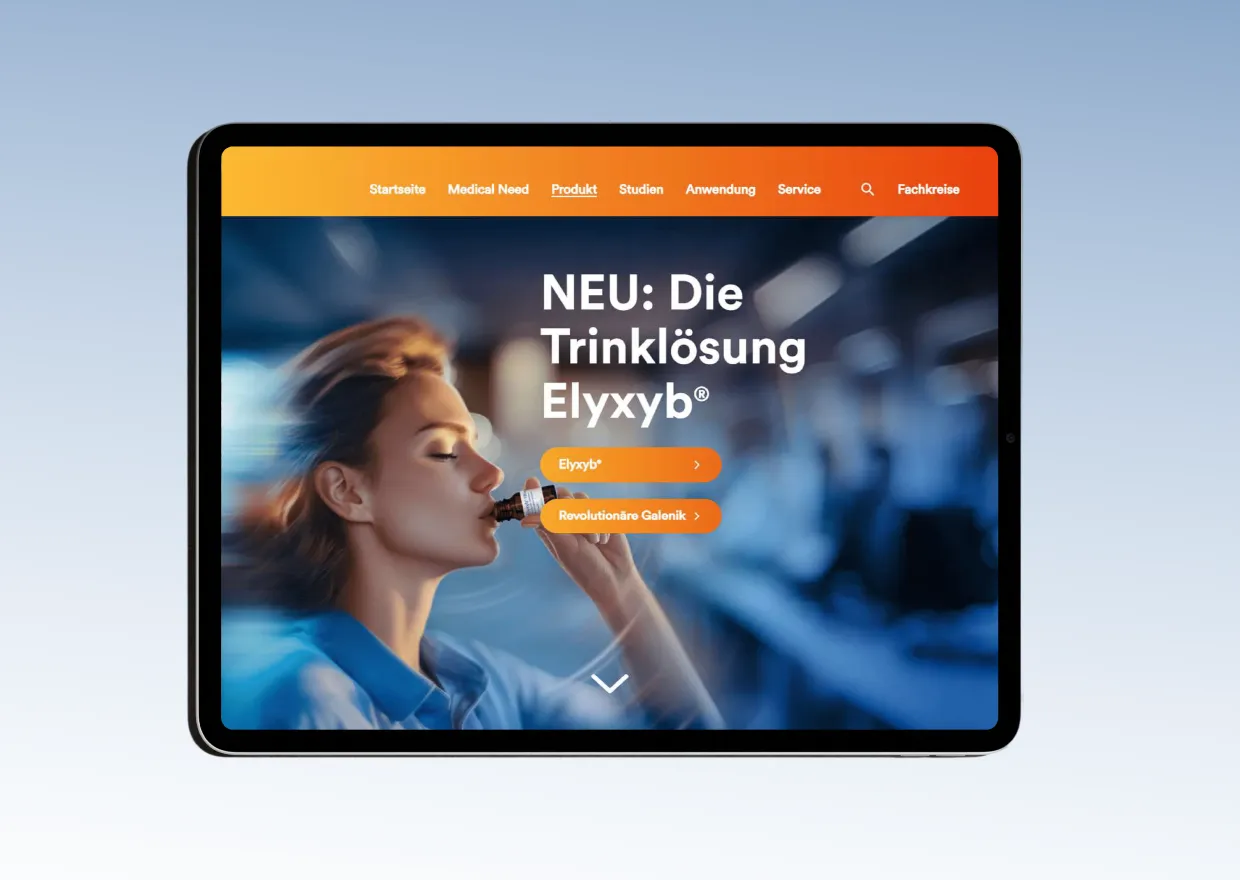
Technical Specifications
Drupal version:

